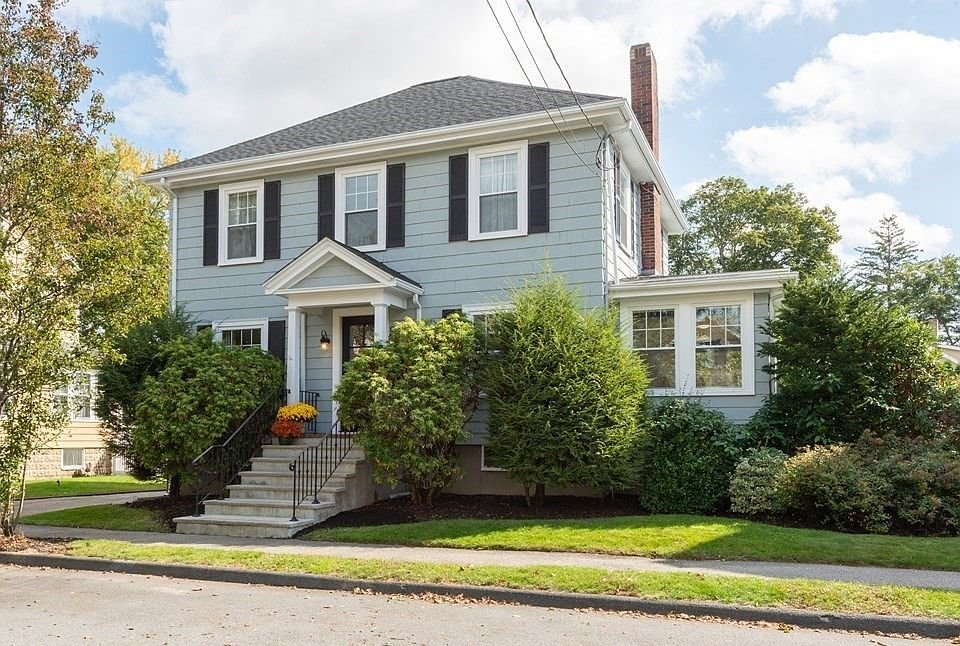Avoid Paying Closing Costs
No Cost Refinance
A no-cost refinance lets you update your mortgage without paying closing costs upfront, making refinancing easier and more affordable.

Benefits
- No upfront cash required
- Provides immediate savings
- Keep your money available for other home improvements
Eligibility
- Credit score of at least 620
- Closing timeline of 30–45 days
- Minimum 3% home equity needed
NEXT STEP
Get your personalized consultation today.
- No obligation required
- No hit on your credit score
- Quick and hassle-free process
- No paperwork needed
What is a No Cost Refinance?
A no-cost refinance lets you refinance your home without paying closing costs out-of-pocket, making it a great choice for homeowners who are short on cash or looking for short-term savings.
While most people know that mortgage loans come with closing costs, many don’t realize how significant they can be—often ranging from 2% to 6% of the loan amount. That can add up quickly, and not everyone has that much money available upfront.
With a no-cost refinance, those expenses don’t disappear but are handled differently. Lenders typically cover the costs by either slightly increasing your interest rate or rolling them into your total loan balance. This way, you can move forward with refinancing without the burden of upfront fees.
What Does it Cost to Refinance a Mortgage?
Closing costs on a refinance typically range between 2% and 6% of your loan amount. These may include origination fees (such as underwriting and processing fees), an appraisal fee for the property valuation, and title-related fees like a title search and lender’s title policy. You may also see smaller charges, such as a credit report fee or a notary fee if documents are signed remotely.
Since these costs can add up quickly, if you don’t pay them upfront, they must be covered another way. One option is to roll the closing costs into your loan balance, which increases your total owed and slightly raises long-term payments due to interest. Another option is to accept a higher interest rate, where lender credits offset the fees. While this means higher monthly payments, it can still be a smart choice if keeping cash in hand is more important than minimizing long-term costs.
Why Would Someone Get a No Cost Refinance?
A no cost refinance can provide meaningful short-term savings since you won’t need to pay anything out-of-pocket at closing. However, whether it’s the right choice depends on if those upfront savings outweigh the potential higher long-term costs.
If you plan to stay in your home for many years, a no cost refinance may end up costing more overall. That’s because the higher interest rate or increased loan balance leads to larger monthly payments, which over time could exceed what you would have paid by covering closing costs upfront.
It’s important to consider your “break-even point”—the time it takes for monthly savings to offset your upfront costs. For example, if closing costs are $5,000 and you save $150 per month, it will take about three years to break even. If you expect to remain in your home longer than that, paying the costs upfront may be the better option.
That said, there are exceptions. Using the short-term savings for home improvements or debt repayment can make the tradeoff worthwhile. Likewise, if you plan to refinance again in a few years, choosing a no cost option could save you money.
Finally, if your lender offers credits that fully cover closing costs while still lowering your interest rate, a no cost refinance becomes an excellent opportunity.
Requirements for a No Cost Refinance
While the basic requirements for a no cost refinance are the same as those for rate-and-term or cash-out refinances, you’ll also need to account for the impact of a higher interest rate or larger loan balance when qualifying.
Rate and Term Refinance
A rate-and-term refinance helps lower your monthly payments by reducing your interest rate or adjusting your loan terms. To qualify for a conventional refinance, you’ll need at least 3% home equity and a minimum credit score of 620.
Cash-Out Refinance
A cash-out refinance lets you access funds by using your home’s equity. To qualify for a conventional cash-out refinance, you’ll need at least 20% equity and a minimum credit score of 620. Since you’re taking a larger loan in exchange for cash, your monthly payment will typically increase—especially if the refinance is structured as a no-cost option.
How Much Cash Can I Get with A No Cost Refinance?
In a no-cost cash-out refinance, you replace your existing mortgage with a larger loan and receive cash from the equity in your home.
The amount of cash you can access depends on your home equity—the portion of the property you own. For example, if your home is valued at $500,000 and you owe $200,000, your equity is 60%.
Most lenders require you to keep at least 20% equity after the cash-out refinance is complete. If your refinance is “no cost” because you accepted a higher interest rate, your loan balance and equity won’t change, so the amount of cash available remains the same.
However, if you roll closing costs into your loan, your loan balance increases, reducing your equity slightly. As a result, the total cash you can take out will be a bit lower.
Pros & Cons of a No Cost Refinance
“A no-cost refinance is a smart option if you’re short on cash, as it lets you refinance without dipping into your savings by covering closing costs through alternative methods.”
Free Up Cash for Renovations
“The upfront savings from a no-cost refinance can be invested in home improvements, which may boost your property’s value and make the long-term costs worthwhile.”
Short-Term Savings
A no-cost refinance can be a smart choice if you plan to sell or refinance again in the near future. While paying closing costs upfront may lower your monthly payment, it can take years to recover those expenses through savings on your mortgage.
Cons Higher Monthly Payment
With a no-cost refinance, closing costs are either absorbed through a higher interest rate or added to your loan balance. In both cases, your monthly payments will be higher compared to paying the closing costs upfront.
Greater Long-Term Cost
If you refinance your forever home and plan to stay in it long-term, a no-cost refinance could end up costing more. The higher monthly payments will accumulate over time, ultimately surpassing the amount you would have spent by paying closing costs upfront.
How Does a No Cost Refinance Work?
No-cost refinances function the same as rate-and-term or cash-out refinances, but with one main difference—you don’t pay closing costs out of pocket.
Of course, closing costs don’t just vanish; they’re simply covered in a different way.
Your lender may either roll the closing costs into your total loan balance or increase your interest rate to offset them. If the costs are added to your loan, your balance (and the interest you pay over time) will go up.
If instead your lender raises your interest rate, your loan amount won’t change. In this case, the lender credit from the higher rate will cover the cash due at closing.
How Long Does a Refinance Take?
Refinances typically take about 30 to 45 days from start to finish. The process begins by connecting with a Jeremy Boillot to review your refinance goals. From there, you’ll complete an online loan application and provide financial documents such as pay stubs, tax returns, and W-2s.
Once your interest rate is locked, we’ll submit your loan file to underwriting for approval and order an appraisal to determine your home’s value.
The final step is signing your closing documents, including the Promissory Note outlining your new loan terms. Your new loan will then pay off your existing mortgage—and just like that, your refinance is complete!
Does a No Cost Refinance Make Sense For You?
Mortgage financing isn’t one-size-fits-all. The best way to know if a no-cost refinance is right for you is to reach out to Jeremy Boillot with Barrett Financial Group to get a complimentary refinance analysis. He will review personalized monthly payment scenarios, share the most up-to-date interest rates, and answer any questions or concerns you may have.

